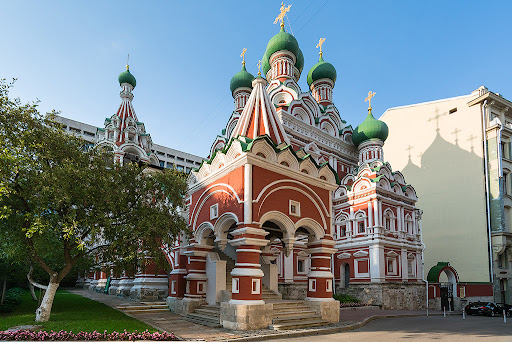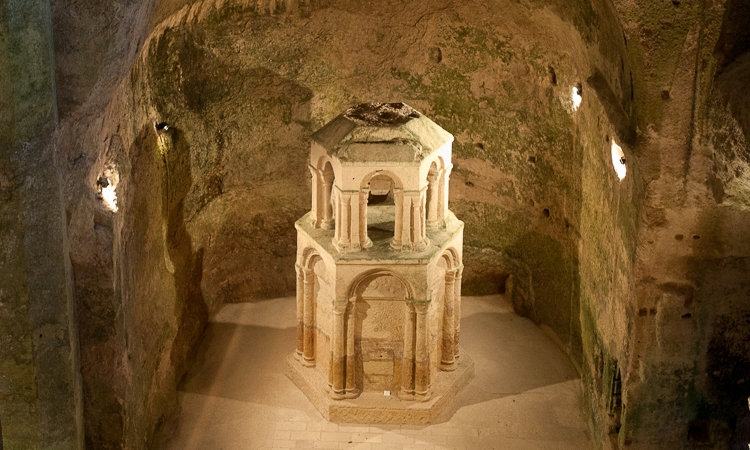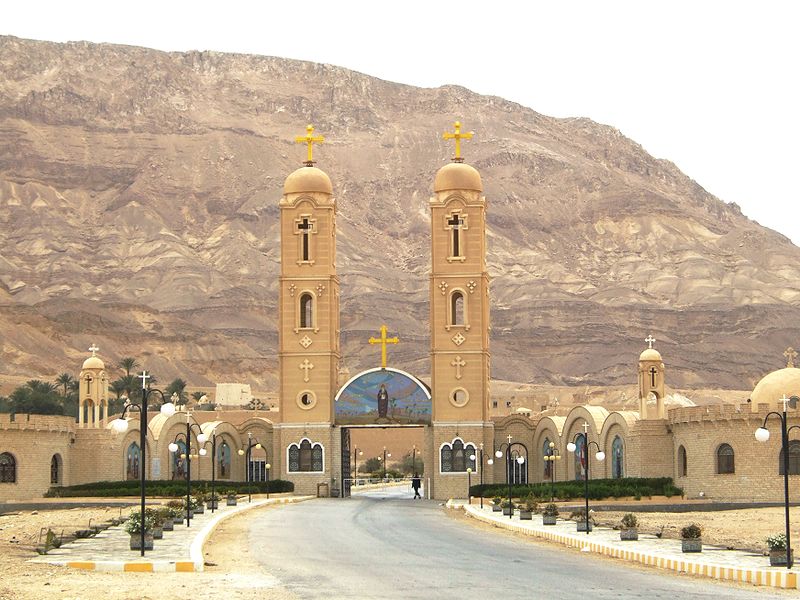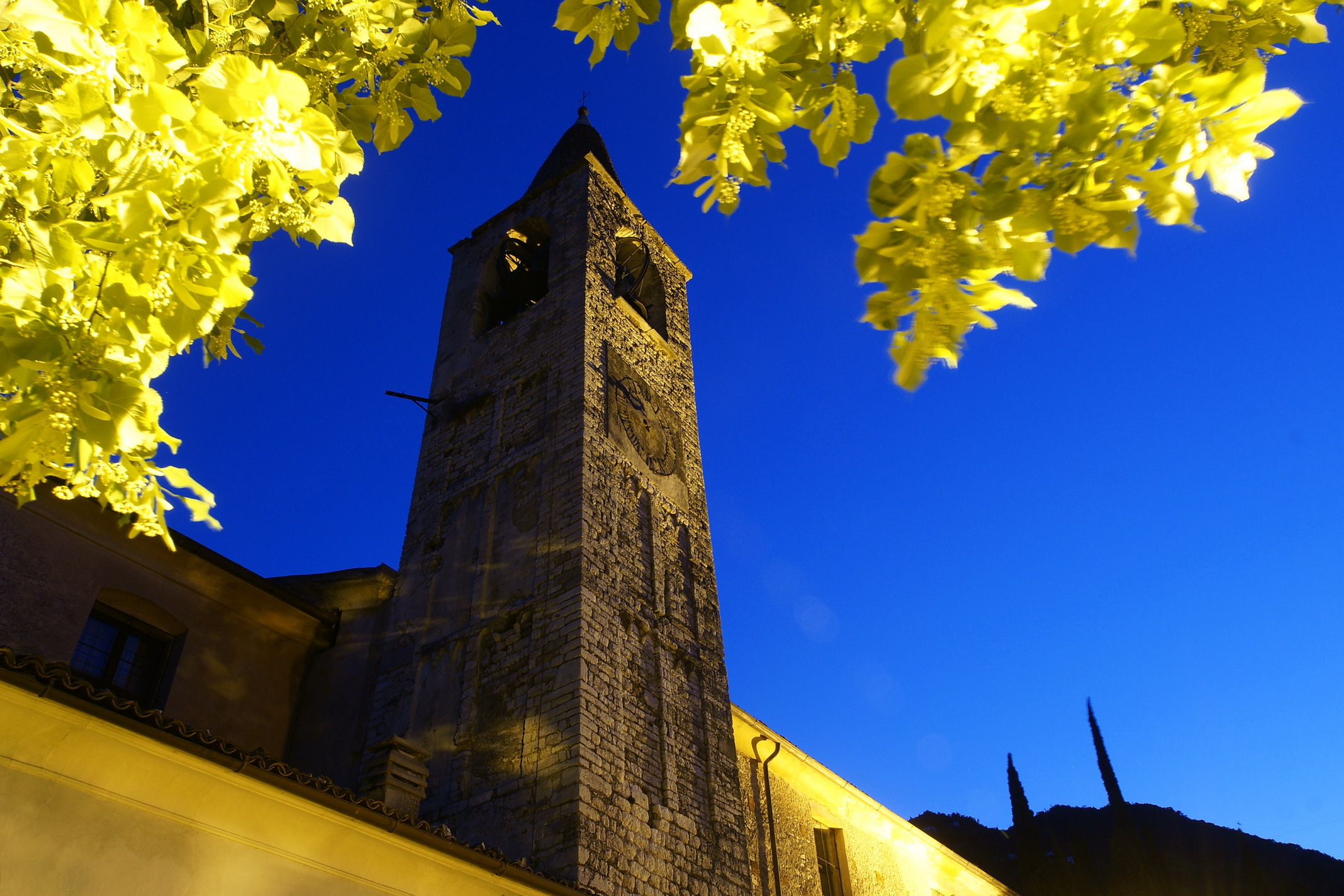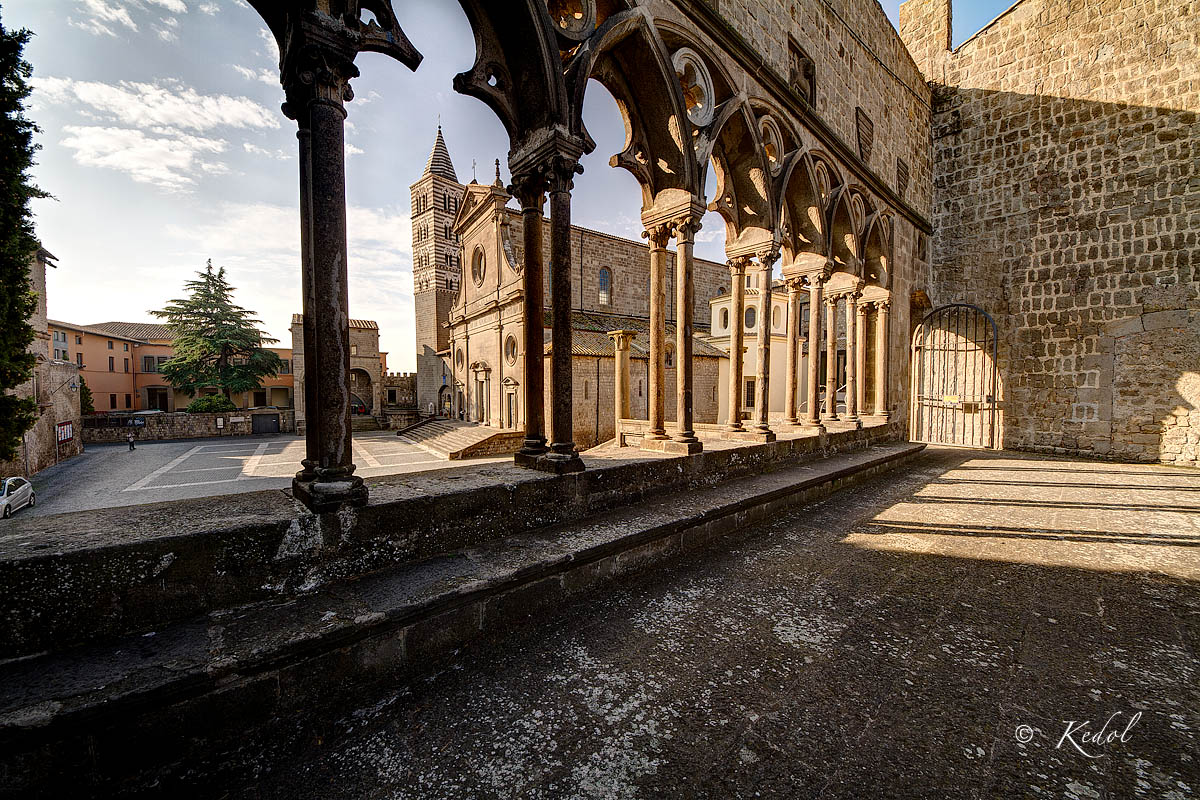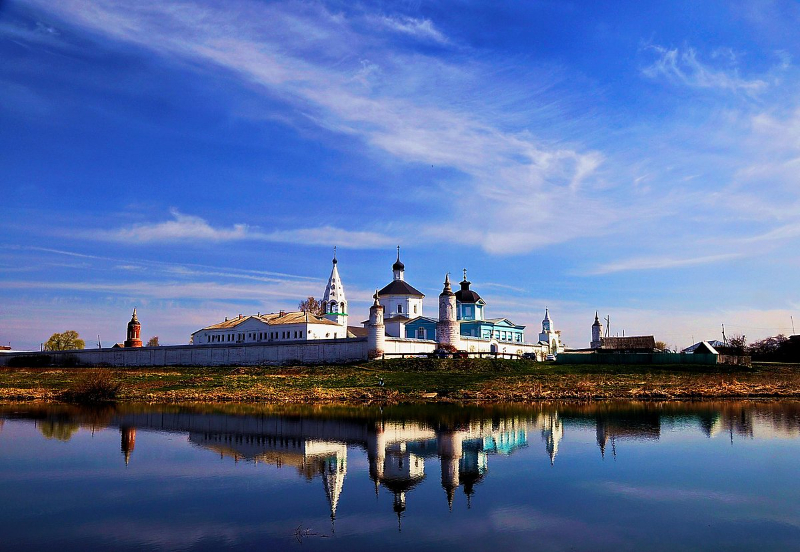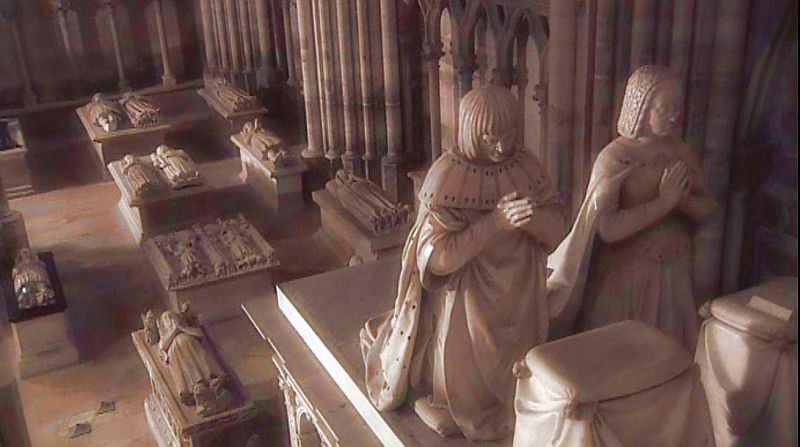The Church of the Holy Life-Giving Trinity in Nikitniki (the Church of the Georgian Icon of the Mother of God on Varvarka) is a great example of the Russian (Muscovite) uzorochye of the middle of the 17th century.The main shrine of the temple since 1654 is a copy (copy) of the Georgian icon of the Mother of God, made in honor of the deliverance of the capital from a pestilence (plague epidemic). For this reason, the temple in everyday life was called the Church of the Georgian Mother of God. A special chapel was dedicated to the 250th anniversary of this event in the basement of the Georgian Mother of God. From here came the old name of Nikitnikov Lane – "Gruzinsky", which was changed to the current one in 1926. About the icon According to legend, the icon is of Georgian origin and was taken to Persia during the conquest of the country by Shah Abbas in 1622. One Persian merchant offered it to the clerk of the merchant Yegor Lytkin, Stefan Lazarev, who was then in Persia on business. Stephen gladly bought the miraculous image of the Mother of God in 1625 and kept it for some time. At this time, the Yaroslavl merchant Yegor Lytkin in a night dream saw this icon and it was revealed to him that it was with his clerk Lazarev, and at the same time received an order to send the Georgian icon to the Krasnogorsk monastery founded in 1603 on Pinega in the Arkhangelsk diocese. Lytkin forgot about this revelation for a while. But when Stephen returned to his homeland in 1629 and showed him the icon, the merchant immediately remembered the vision. He immediately went with the Georgian icon to the Dvina chapels to the Montenegrin monastery, where he fulfilled the omen he had seen earlier. The Montenegrin monastery was named because it was built on a mountainous, gloomy-looking area surrounded by dense forests, known as the Black Mountain. This monastery received the name "Krasnogorsk Monastery" only later. After the appearance of the icon in the Krasnogorsk Monastery, numerous miracles were attributed to it. In 1654, the Georgian icon was brought to Moscow for renovation and making a new setting. This year there was a plague epidemic in the city and a number of healings are associated with the brought image. So, in gratitude for the healing of his son, the silversmith Gabriel Evdokimov ordered a copy of the Georgian icon for the Church of the Holy Trinity in Nikitniki, which is attributed to the brush of Simon Ushakov. Due to reports of miracles in 1658, by decree of Tsar Alexei Mikhailovich and Patriarch Nikon, the icon was celebrated on August 22, the day of its appearance in the monastery. In 1698, a decree ordered to annually bring the Georgian icon to Arkhangelsk "for the sake of the consecration of the city and Christ-loving nations, demanding the mercy of God and Her Mother of God." In addition to Arkhangelsk, the image was worn in Vologda, Veliky Ustyug, Pereslavl-Zalessky, Moscow and Siberia. In 1707, Kirill Ulanov, an isographer of the Armory Chamber, made an exact measuring list of the Georgian icon (color photo). On its lower margin there is an inscription: this holy Mother of God is written with a measure and an outline such as in the Monastery of Montenegro, the named Georgian. " The icon contains 4 reliquaries. Other copies were made from the icon, some of which were considered miraculous. In 1920-1922, after the closure of the Krasnogorsk monastery, the icon disappears, and then in 1946, after the opening of the monastery, it reappears in it. Arkhangelsk Bishop Leonty (Smirnov) in 1946 informed the Moscow Patriarchate that the Georgian icon had participated in the procession of the cross in Arkhangelsk. After that, the fate of the icon remains unknown. The icon belongs to the Hodegetria type and is close to the version of Perivepte. The iconography of the Georgian icon has analogues among other Georgian icon-painting monuments of the 10th-16th centuries and was especially widespread in Kakheti. The Virgin Mary is depicted with slightly turned and tilted towards the Infant Christ sitting on her left hand. The head of Jesus is thrown back a little, a scroll is in his left hand, and his right is folded in a blessing gesture. A feature of the image of Jesus Christ is the right leg, turned with the bare sole outward.
